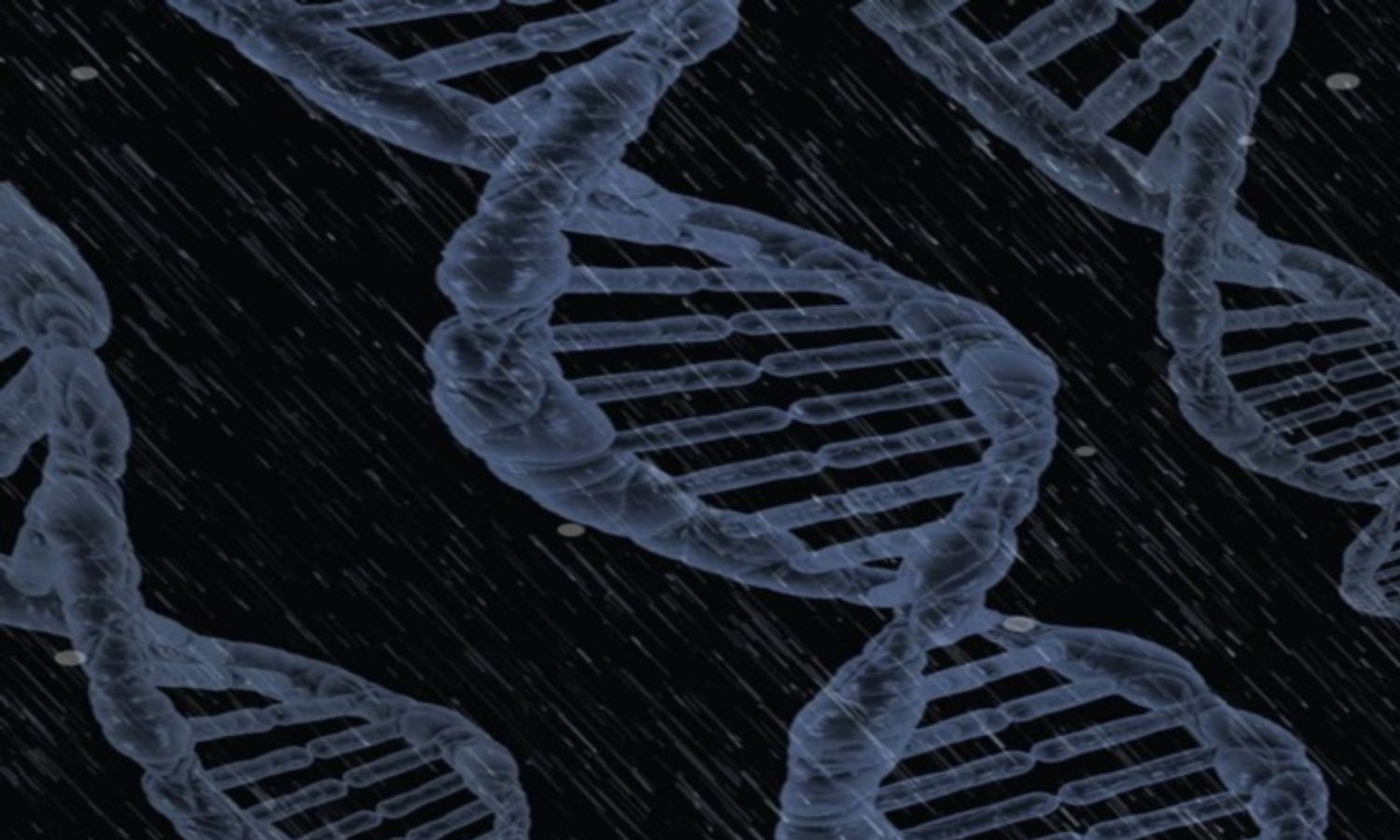Earth’s biodiversity is in crisis. An imminent “sixth mass extinction” threatens beloved and important wildlife. It also threatens to reduce the amount of genetic diversity – or variation – within species.
This variation in genes within a species is crucial for their ability to adapt to changes in the environment or resist diseases. Genetic variation is therefore crucial for species’ long-term survival.
Traditional conservation efforts – such as protected areas, measures to prevent poaching, and captive breeding – remain essential to prevent extinction. But even when these measures succeed in boosting population numbers, they cannot recover the genetic diversity that has already been lost. The loss of a unique gene variant can take thousands of years of evolution before it is recovered by a lucky mutation.
In a new paper in Nature Reviews Biodiversity, an international team of geneticists and wildlife biologists argues that the survival of some species will depend on gene editing, along with more traditional conservation actions. Using these advanced genetic tools, like those already revolutionising agriculture and medicine, can give endangered species a boost by adding genetic diversity that isn’t there.
Genetic engineering is not new. Plant breeders have used it for decades to develop crops with traits to boost disease resistance and drought tolerance. Around 13.5% of the world’s arable land grows genetically modified crops. Gene-editing tools such as Crispr are also being used in “de-extinction” projects that aim to recreate extinct animals.
The Dallas-based company Colossal Laboratory & Biosciences has attracted headlines for its efforts to bring back the woolly mammoth, dodo and dire wolf. In de-extinction, the DNA of a living relative species is edited (changed) to approximate the extinct species’ most charismatic traits.
For example, to “resurrect” a woolly mammoth, Colossal’s researchers plan to splice mammoth genes (recovered from ancient remains) into the genome of the Asian elephant to produce a cold-hardy, hairy elephant-mammoth hybrid. Colossal recently engineered grey wolf pups with 20 gene edits from the extinct dire wolf’s DNA.
The “Jurassic Park”-style revival of long-gone creatures has attracted considerable attention and funding, which has accelerated the development of genome engineering techniques. These same genome editing tools can be used to conserve existing and endangered species. If we can edit a mouse to have mammoth hair, or edit a wolf to resemble a dire wolf, why not edit an endangered bird’s genome to make it more resilient to disease and climate change?
Using DNA from historical specimens, scientists can identify important genetic variants that a species has lost. Many museums hold century-old skins, bones, or seeds – a genomic time capsule of past diversity. With genome editing, it is possible to reintroduce these lost variants into the wild gene pool.
By restoring genetic variation, species can be fortified against emerging diseases and environmental change. A sharp decline in population numbers is called a “bottleneck”. During a bottleneck, inbreeding and genetic drift lead to the random loss of genetic diversity. Harmful mutations can also increase in frequency. Such “genomic erosion” compromises the health of individuals and can make populations more prone to extinction.
If a threatened species lacks genes that it desperately needs to survive new conditions, why not borrow them from a close relative that already has those traits? Known as facilitated adaptation, this could help wildlife cope with threats such as climate change.
In agriculture, such cross-species gene transfers are routine. Tomatoes have been engineered with a mustard plant gene to tolerate cold, and chestnut trees got a wheat gene for disease resistance. There is no reason why such techniques cannot be expanded to animals.
